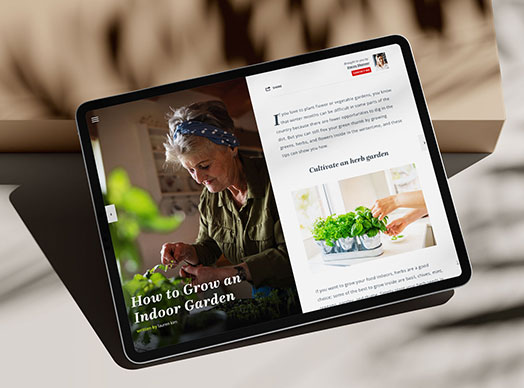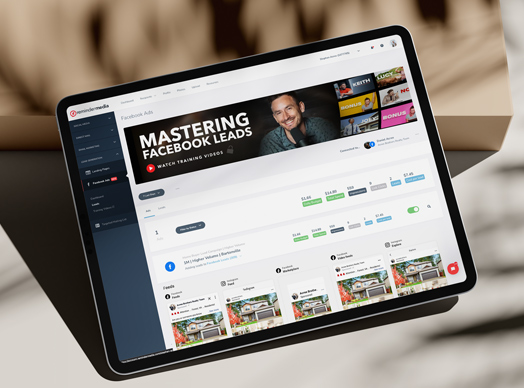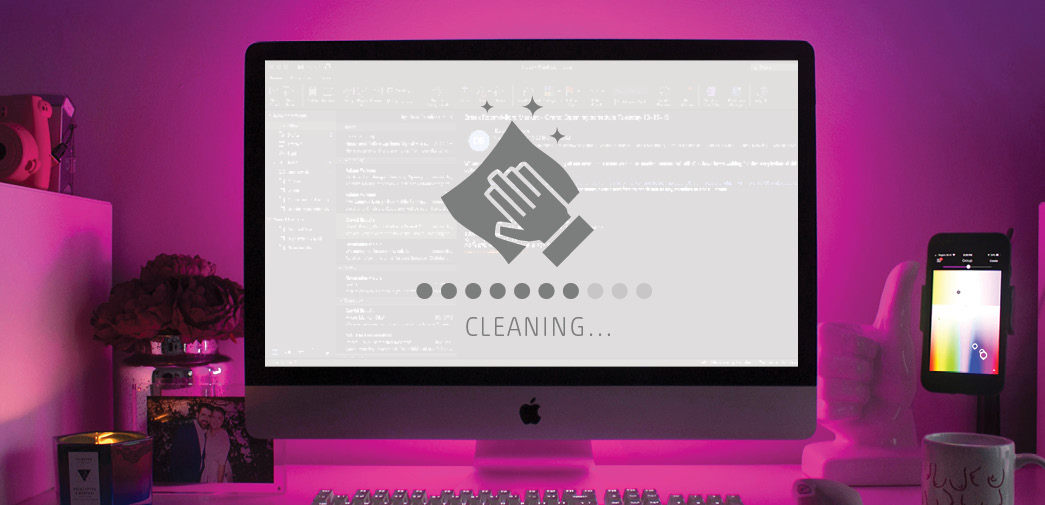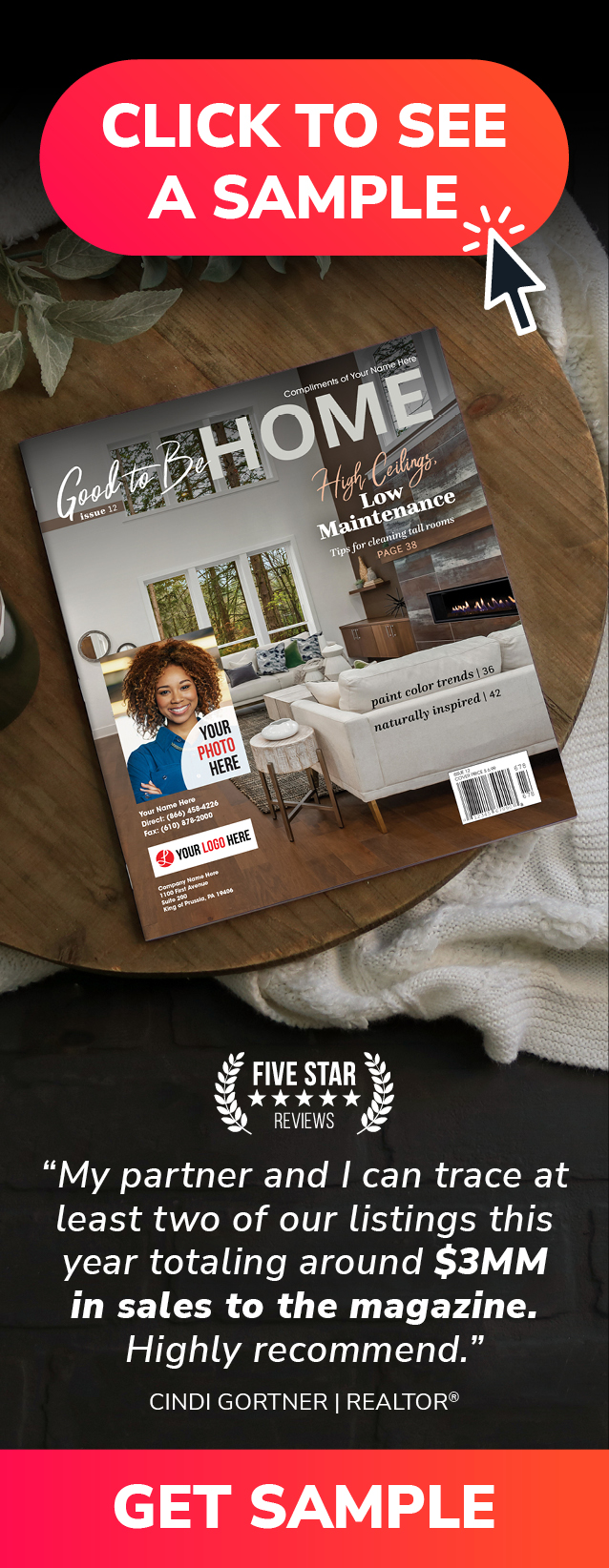The key is to crafting email opening lines is to provide your recipients with value. After that, you can move on to your intended purpose.
You know that the subject line and call to action are both extremely important aspects of an email, but what about the opening line?
Oftentimes, the opening line isn’t given the proper consideration, which is unfortunate because first impressions count. It sets the tone, and can either encourage someone to keep reading or to quickly dismiss its content. A strong opening will create an instant connection by addressing the recipient’s needs, challenges, or interests, making the email feel relevant and valuable. It can, and should, set up the purpose of the email, making it easier for the recipient to understand why they should keep reading.
Below are five overused, weak, and wholly ineffective email opening lines that meet none of the criteria noted above. Even if you skipped everything else written in this blog and read only them, you’d be able to tell that they fall flat. Still, I explain why they should be avoided and offer suggestions for alternatives.
“I’m just following up . . . “
Every sales professional worth their salt knows that following up on opportunities is critical for their success, but if you’re reaching out only for an answer regarding a purchase decision, then this opening line can come off as self-serving, portraying you as someone more interested in a transaction than meeting your recipient’s needs.
Instead, lead off with valuable information so your prospect will feel compelled to continue reading. You can offer a key insight, resource, or other releant information that positions you as a helpful expert rather than someone merely checking in.
Example
“I came across a case study that reminded me of the challenge you mentioned last time—[specific insight]. Thought you might find it useful.”
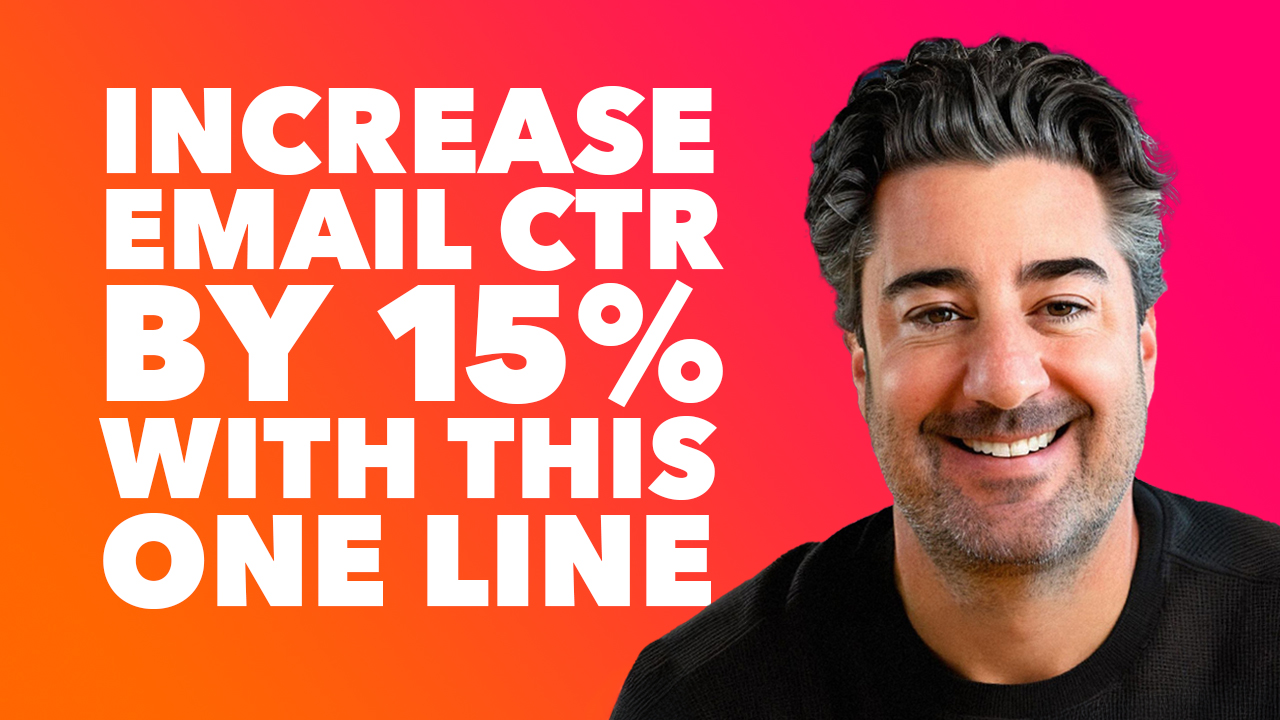
CLICK HERE, to listen to this episode of the Stay Paid podcast.
“I thought I would circle back . . . ”
Having to circle back with a prospect probably means that they didn’t respond in the first place, and for good reason. Starting the email off with this line just reminds them that they didn’t find it necessary to respond the first time. It also lacks any sense of urgency.
Rather than reminding them that they ignored you, reframe your approach with a fresh angle—perhaps a new insight, a recent industry development, or an updated solution.
Example
“I wanted to share a quick update—our clients in [their industry] are seeing [specific results] by implementing [specific strategy]. Would love to see if this could be valuable for you too.”
“I hope this note finds you well.”
Sure, the sentiment is nice, but this opening line is code for “We don’t know each other.” Within a microsecond, your recipient intuitively knows that you’re trying to sell them something that they have little to no interest in.
As an alternative, start with something specific and relevant to the recipient—perhaps a mutual connection, a recent achievement, or an industry trend.
Example
“I saw your recent [mention in the news, blog post, LinkedIn update] about [specific topic]—impressive work! It got me thinking about how we might collaborate on [related topic].”
“My name is . . .”
Introducing yourself in an email opening line is easy, but is it effective? No. The recipient can see your name in the sender field and signature line, makng this already weak opening redundant. The truth is prospects don’t care who you are until they know why they should.
You’re first line will be far more effective if you hook them immediately by leading with a compelling statement about their industry, a challenge they face, or a benefit you can offer.
Example
“Most [their industry] professionals are struggling with [common pain point]. I’ve helped companies like [example] solve this with [specific solution]. Would you be open to a quick chat about how this could work for you?”
“I want to ask a quick favor.”
This should go without saying, but no “quick favor” is ever quick. Prospects are busy, and if they feel like you’re adding to their to-do list, they’ll tune out.
It’s better to make the recipient feel like you’re doing them a favor, rather than asking for one.
Example
“I came across a resource that could help with [specific challenge they face]. Thought you might find it helpful—would you be interested in taking a look?”
In all these instances, you can still achieve your intended purpose, but the key is to crafting email opening lines to first provide your recipients with value.
The takeaway
Writing is a skill, and persuasive writing (which is what email marketing is) requires a good deal of study and practice. To help make the task easier and get you better results more quickly, we’ve developed a free success guide to email marketing. Download it, and use it as a guide for writing your next email. You may find that a tactic you haven’t considered before, along with a value-laden, captivating opening line, is just what you’ve been needing to improve your response rate.











